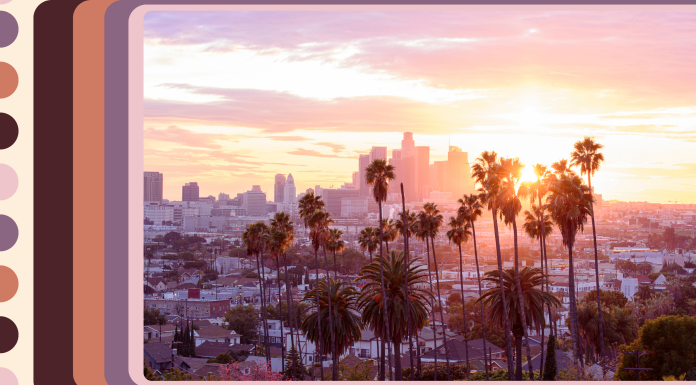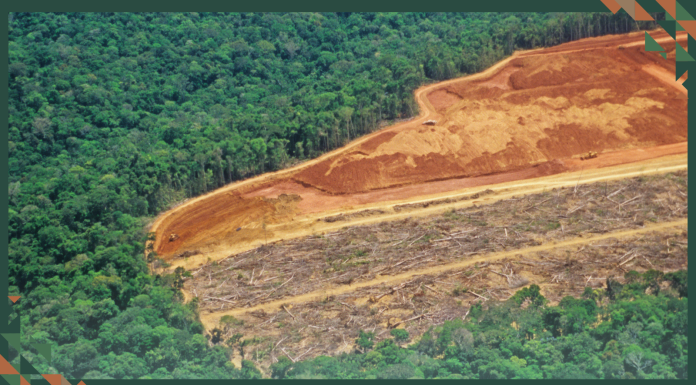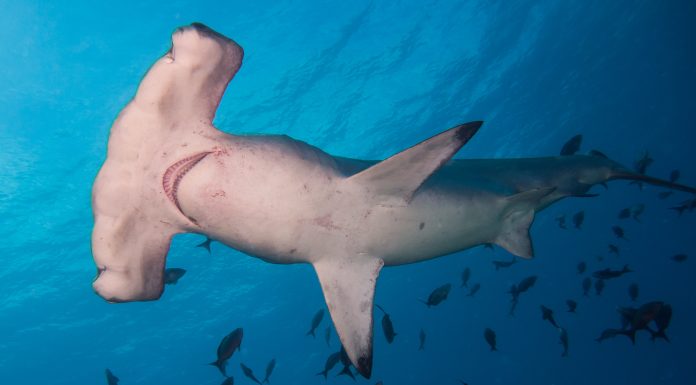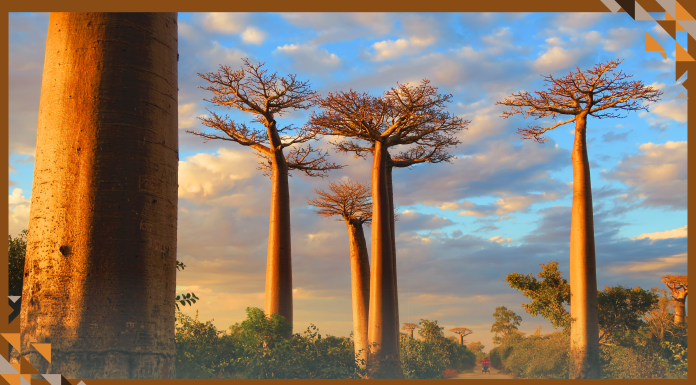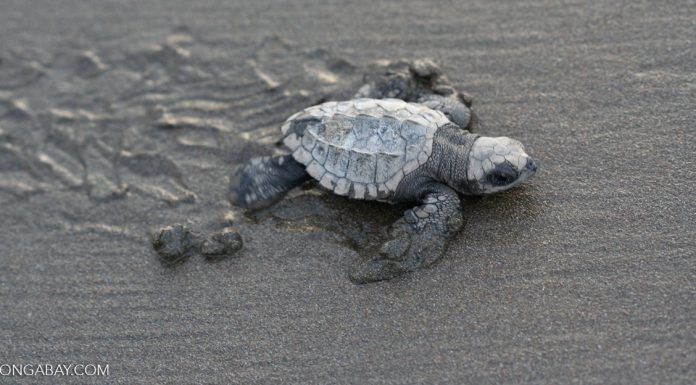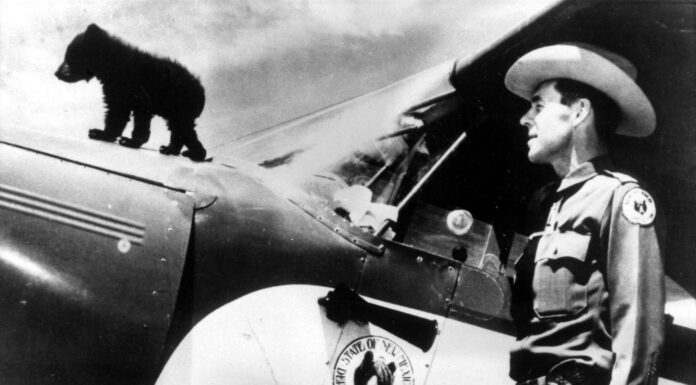Written by: Jay L. Zagorsky
With the Olympic torch extinguished in Paris, all eyes are turning to Los Angeles for the 2028 Olympics.
The host city has promised that the next Summer Games will be “car-free.”
For people who know Los Angeles, this seems...
Written by: Saidia Ali, Policy Options
In a time of rapid urbanization, cities and nature are often seen as incompatible: either biodiversity suffers as cities grow or cities are contained to protect nature.
There is no question that human activities impact...
Written by: Johan Oldekop, Bowy den Braber, and Marina Schmoeller
Although deforestation rates in the Brazilian Amazon have halved, it is still losing more than 5,000km² every year. That’s an area three times larger than Greater London.
By combining satellite imagery for...
Written by: Diego Vincenzi
Costa Rica is known worldwide for its commitment to conservation and responsible use of natural resources. Among its history of effective conservation measures are its efforts in the 90s to halt and reverse deforestation. We have...
Written by: Gavin Naylor
Human fear of sharks has deep roots. Written works and art from the ancient world contain references to sharks preying on sailors as early as the eighth century B.C.E.
Relayed back to land, stories about shark encounters have been embellished...
Written by: Seheno Andriantsaralaza
Six of the world’s eight baobab species are indigenous to Madagascar, where the distinctive trees with giant trunks have historically grown in huge forests. But these forests are threatened by slash-and-burn agriculture – 4,000 hectares of baobab...
Written by: Farhana Parvin
This year, Bangladesh has seen its highest number of olive ridley turtle eggs, thanks to extensive conservation actions, including building awareness among local people and the vigilance of local conservation groups to ensure favorable conditions for...
Written by: Geoffrey Holland
"At the current rate of loss, some 12 million hectares of agricultural land per year are rendered useless, an area equivalent to the arable land of Germany, Poland, or Ethiopia.”
Phillip Lymbery, Sixty Harvests Left
Early in the...
Written by: Mohan Qin
It’s become common to read that microplastics – little bits of plastic, smaller than a pencil eraser – are turning up everywhere and in everything, including the ocean, farmland, food and human bodies. Now a new term...
Written by: Kimberly White
The Smokey Bear wildfire prevention campaign was launched in 1944 and is the longest-running public service campaign in U.S. history. Smokey Bear has been protecting the forest community and teaching Americans wildfire prevention for generations with...

